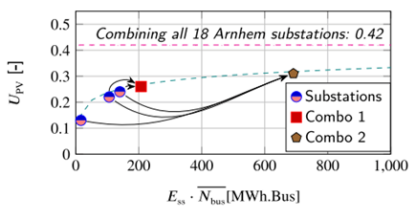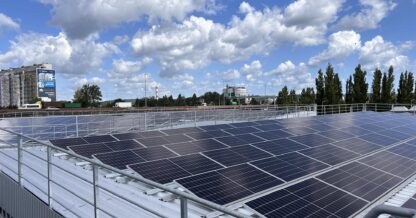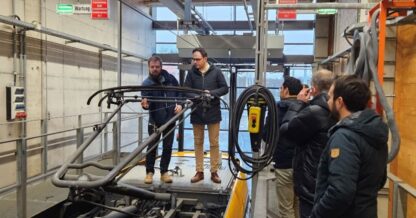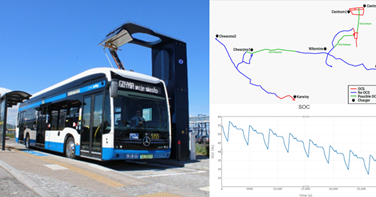Best Practices
The Best Practice section on the CE4CE knowledge platform serves as a comprehensive resource for public transport stakeholders.This section showcases successful case studies and innovative solutions from various cities, providing practical examples and insights into effective circular economy practices. This collection of best practices is designed to inspire and guide public transport operators, policymakers, and other stakeholders in adopting and scaling circular economy solutions within their own contexts.
Description Amsterdam’s GVB Charging Buses from the Metro Third Rail

Published on 2024-09-25
Resource: Best practice
Country: Netherlands
Competence Area: Energy. Avoid., Infrastructure.Extend.
A simple method for sizing and estimating the performance of PV systems in trolleybus grids

Published on 2024-09-25
Resource: Tool
Country: Netherlands
Competence Area: Enable, Energy. Avoid., General knowledge
25kW DC/DC Charger Module for Connecting EV Chargers to Traction Grids

Gdynia trolleybuses running on electricity generated from a solar power plant and fed directly to the overhead wired infrastructure

Published on 2024-09-25
Resource:
Country: Poland
Competence Area: Energy. Avoid., Infrastructure.Extend.
Predictive maintenance for infrastructure digital optimization in Leipzig

Published on 2024-07-01
Resource: Software
Country: Germany
Competence Area: Infrastructure.Avoid., Infrastructure.Extend.
A Digital Twin – a circular economy business tool for Public Transport planners and operators

- 1
- 2